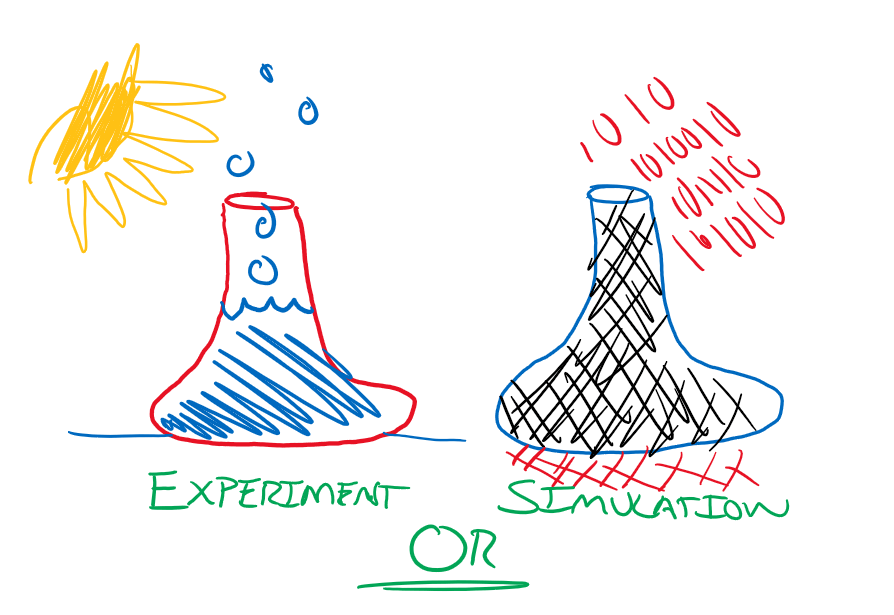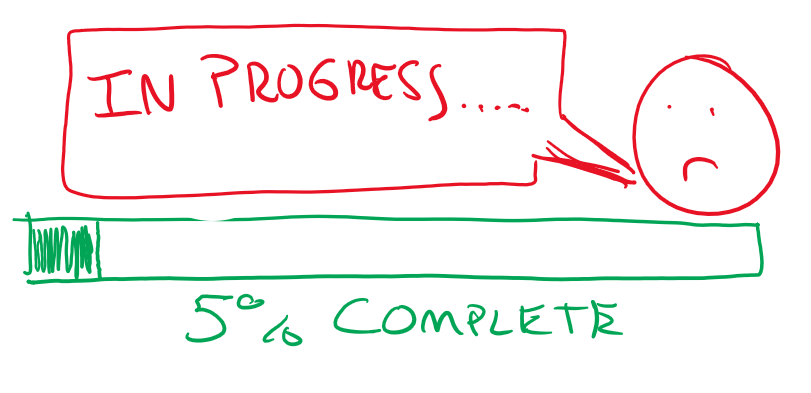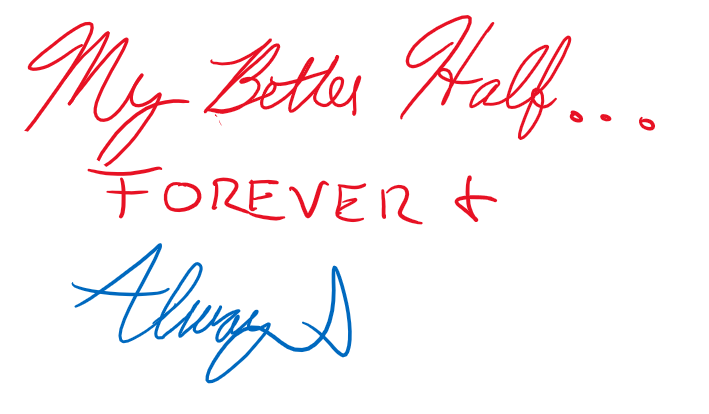Let me introduce you to your better half – simple modeling approaches

You are single, you head over to a bar, and who knows? You just might finally meet your better half. When you get there, you pull out your laptop, login to your company's computing workhorse remotely, and fire up your FEA program of choice.
Obviously, since all of your company’s ultrasonic transducer models are 3D CAD models, you always simulate 3D models. Just import, clean things up a bit, and you are ready to start meshing, assign materials, and place boundary conditions.
You follow best practices of meshing, and perform convergence studies to things started. Seems like 5 million nodes is a sweet spot. You decide to couple the fluidic domain to the elastic simulation and set the optimization simulation to start and you call it a night.
Come Monday.....
Monday morning, you check on your simulation and… the simulation seems like it will be done on Friday. Meanwhile, another colleague of yours is fooling around with parts in the lab, doing his own method of optimization.
“He’s a fool,” you think to yourself.
However, because he immediately gets results on what is working and not working, he is able to present his results to the team all week. The team asks you about your progress - what can you say except “In progress.”
Friday
Friday arrives. Your colleague’s experiments looked promising, but ended up not being repeatable. You open up your simulation Friday morning and realize that you forgot to assigning bonding conditions between components and the results also just looked too “wiggly” (the word for transverse resonance modes for commoners).
Months later
Both of you will continue for several months, improving your techniques but making no progress. I can’t tell you how the story ends, but here is moral of the story, my friends:
Simulation gives insight that experiments cannot, but it can also be paralyzing. Establish simple models that give you definite progress, instead of going all out for a home-run (or gold medal).
Are you using 2D axisymmetric modeling? Are you using 1D modeling? Are you using 0D modeling? Have you done any hand calculations?
Simple modeling approaches are the better half of an engineer.
I look at FEA as a tool for insights, not design.


